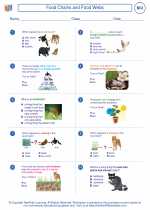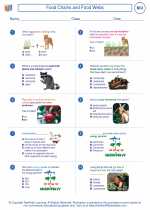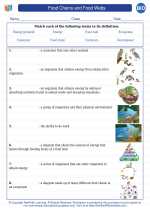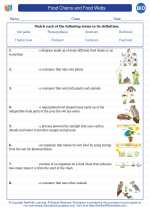Food Chains and Food Webs -> sleet
Sleet
Sleet is a type of winter precipitation that occurs when raindrops freeze before reaching the ground, resulting in small ice pellets. Sleet is different from freezing rain, which falls as liquid and then freezes upon contact with a cold surface. Sleet is formed when a layer of warm air is present above a layer of cold air near the ground. The rain falls through the warm air, where it melts, and then passes through the cold air layer near the ground, where it refreezes into ice pellets.
Formation of Sleet
1. Warm air aloft: Sleet forms when there is a layer of warm air above the surface. This warm air causes the falling snow to melt into raindrops as it passes through.
2. Cold air near the ground: Below the layer of warm air, there is a layer of cold air near the ground. This causes the raindrops to freeze into small ice pellets before reaching the surface.
Characteristics of Sleet
- Sleet appears as small, translucent ice pellets. - It can create hazardous driving and walking conditions, as the ice pellets can accumulate on the ground and create slippery surfaces. - Sleet is often associated with winter storms and can be accompanied by freezing temperatures.
Study Guide
Here are some key points to remember about sleet:
- What is sleet and how does it form?
- What are the characteristics of sleet?
- What are the hazards associated with sleet?
- How does sleet differ from freezing rain?
For a deeper understanding, it's important to study the atmospheric conditions that lead to the formation of sleet, as well as the impact of sleet on the environment, transportation, and human activities.
.◂Biology Worksheets and Study Guides High School. Food Chains and Food Webs

 Worksheet/Answer key
Worksheet/Answer key
 Worksheet/Answer key
Worksheet/Answer key
 Vocabulary/Answer key
Vocabulary/Answer key
 Vocabulary/Answer key
Vocabulary/Answer key
